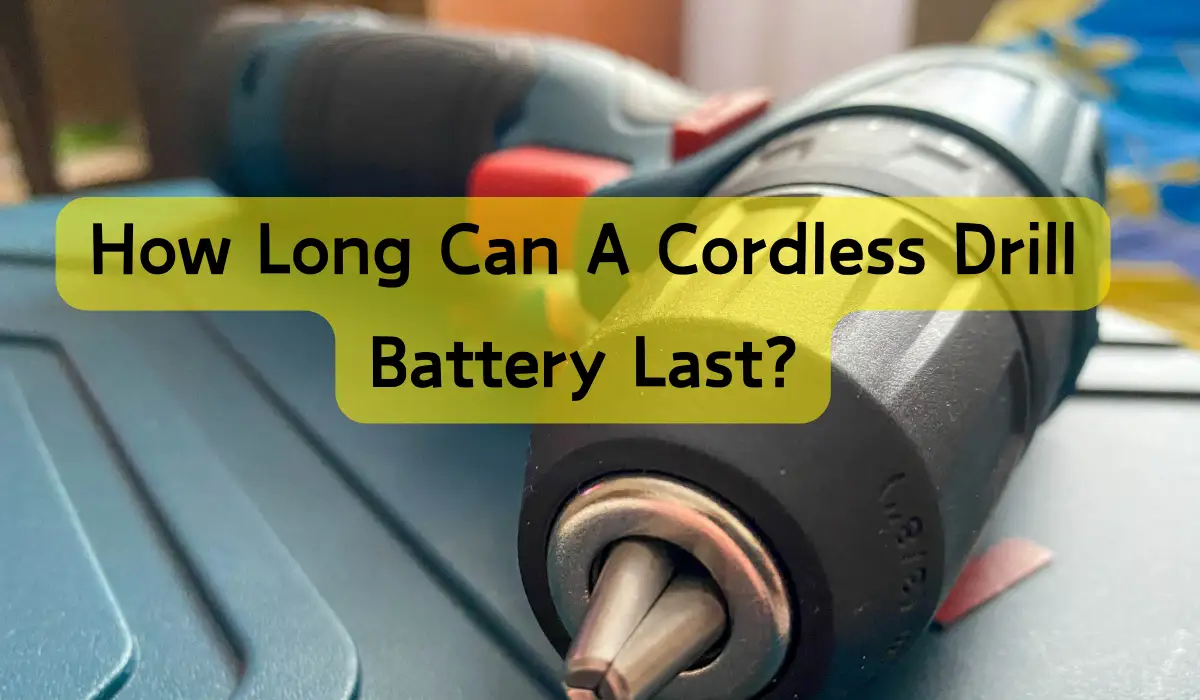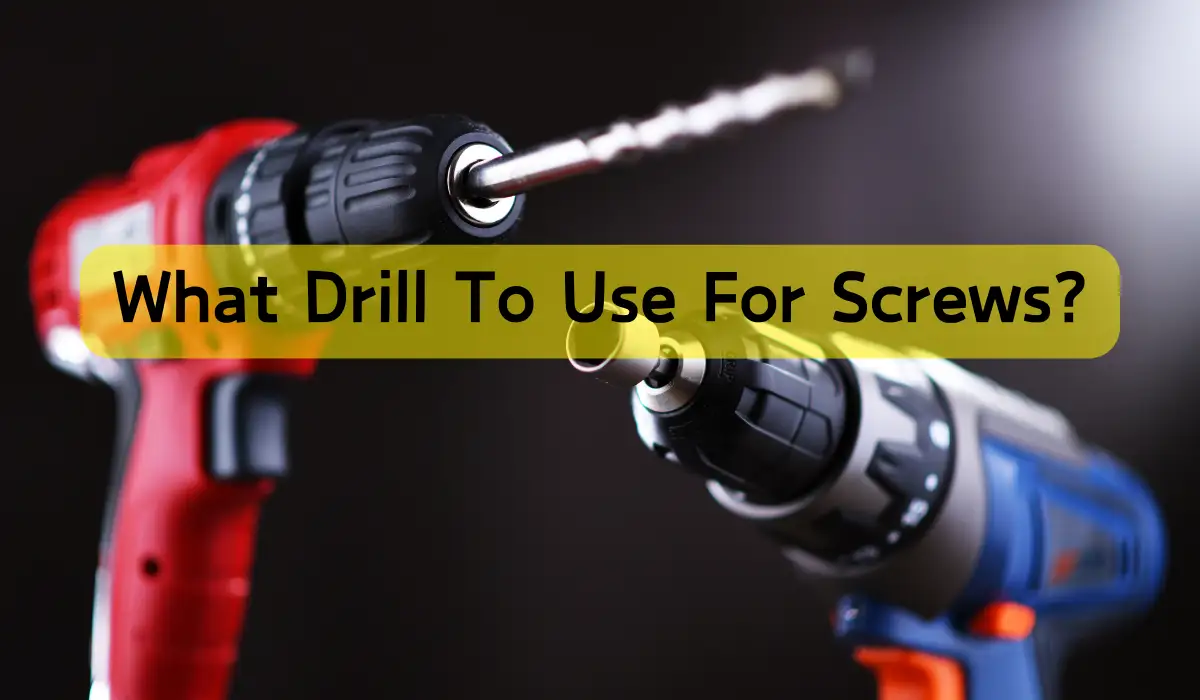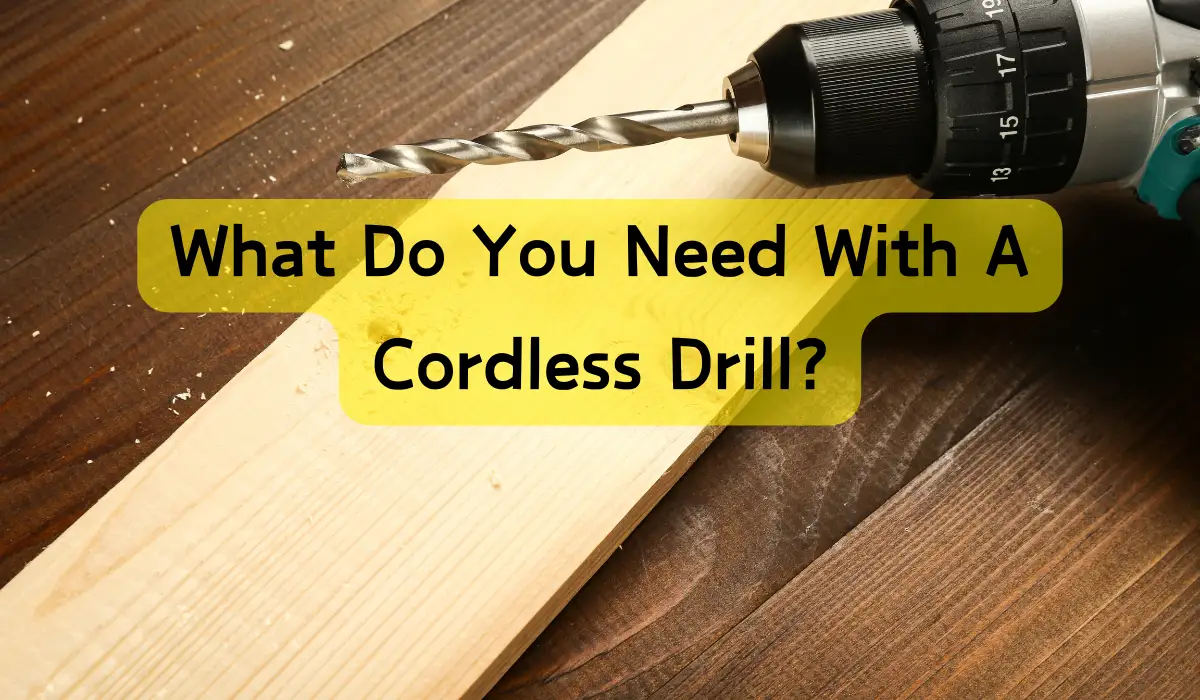You can expect a cordless drill battery to last anywhere from a few months to several years, depending on factors such as the type of battery, usage patterns, and storage conditions. Lithium-Ion batteries, for instance, offer high energy density and long cycle life, while Nickel-Cadmium batteries are more durable but heavier. Proper care, including avoiding extreme temperatures and overcharging, can help extend the battery’s lifespan. By understanding the factors affecting performance and following best practices, you’ll be able to get the most out of your cordless drill battery – and there’s more to explore to optimize its performance.
Jump to
Key Takeaways
• The lifespan of a cordless drill battery depends on factors like usage, storage, and maintenance, as well as the type of battery chemistry used.
• On average, a Lithium-Ion (Li-ion) battery can last for around 300 to 500 charge cycles or 2 to 3 years with proper care.
• Extreme temperatures, improper storage, and overcharging can reduce the battery’s lifespan, while proper storage and maintenance can prolong it.
• Avoiding full discharge, keeping the battery between 20% and 80% charged, and storing it in a cool, dry place can help extend its lifespan.
• Monitoring the battery’s state of charge and replacing it when necessary can also help maximize its lifespan.
Understanding Battery Types and Chemistries
When shopping for a cordless drill, you’ll likely come across a variety of battery types, each with its own set of strengths and weaknesses, and understanding the differences between them is essential to choosing the right one for your needs.
The most common types of batteries used in cordless drills are Nickel-Cadmium (Ni-Cd), Nickel-Metal Hydride (NiMH), and Lithium-Ion (Li-ion).
Ni-Cd batteries are durable and can withstand heavy use, but they’ve lower energy density and are heavier than other types.
NiMH batteries offer higher energy density and are more environmentally friendly, but they’ve a shorter lifespan.
Li-ion batteries are the most popular choice, offering high energy density, long cycle life, and low self-discharge rate. They’re also the most expensive option.
You’ll need to weigh your specific needs and preferences when selecting a battery type. If you’re looking for a budget-friendly option, NiMH might be the way to go. However, if you prioritize performance and are willing to invest, Li-ion is the better choice.
Factors Affecting Battery Performance
Your cordless drill’s battery performance can be substantially impacted by several key factors, including temperature, storage conditions, and charging habits. These factors can either prolong or reduce the lifespan of your battery, depending on how you handle them. For instance, extreme temperatures can affect the battery’s chemical reactions, leading to a shorter lifespan. Similarly, improper storage conditions, such as leaving the battery in a hot car or in freezing temperatures, can also impact performance.
| Factor | Impact on Battery Performance | Best Practice |
|---|---|---|
| Temperature | Extreme temps can reduce lifespan | Store between 60°F and 80°F |
| Storage Conditions | Improper storage can reduce lifespan | Store in a cool, dry place |
| Charging Habits | Overcharging can reduce lifespan | Avoid overcharging, unplug when full |
| Depth of Discharge | Avoiding full discharge can prolong life | Try to keep between 20% and 80% charged |
| Maintenance | Poor maintenance can reduce lifespan | Regularly clean and inspect battery |
Impact of Environmental Conditions
Environmental conditions, including humidity and exposure to moisture, can profoundly impact your cordless drill battery’s performance and lifespan.
You mightn’t think about it, but the environment you store and use your drill in can greatly affect its battery life.
For instance, high humidity can cause corrosion within the battery, reducing its overall capacity.
Similarly, extreme temperatures, either hot or cold, can slow down the chemical reactions within the battery, affecting its performance.
You’ll want to avoid storing your drill in areas prone to moisture, such as basements or outdoor sheds.
Instead, choose a dry, climate-controlled space to minimize the risk of water damage.
If you live in an area with high humidity, consider investing in a dehumidifier to keep the air dry.
Additionally, try to avoid leaving your drill in extreme temperatures, like in a hot garage or cold outdoor workspace.
Charging Habits and Best Practices
By adopting smart charging habits, you can substantially extend the life of your cordless drill battery and prevent premature wear. Here are some best practices to follow:
Charging Best Practices
| Do | Don’t | Why |
|---|---|---|
| Charge your battery after each use | Overcharge your battery | Prevents overcharging, which can reduce battery life |
| Store your battery in a cool, dry place | Leave your battery in a hot car | Prevents heat damage and prolongs battery life |
| Avoid deep discharging | Let your battery completely drain | Prevents damage to battery cells |
| Use the correct charger | Use a charger not designed for your battery | Prevents overcharging and damage to battery cells |
| Monitor your battery’s state of charge | Ignore your battery’s state of charge | Helps you identify when your battery needs to be replaced |
Proper Storage and Maintenance
To maintain your cordless drill battery in top condition when not in use, protect it by storing it properly.
You should keep the battery away from metal objects, as they can cause a short circuit and damage the battery. It’s also essential to store the battery in a cool, dry place, avoiding extreme temperatures. Avoid storing the battery in a humid environment, as moisture can seep into the battery and reduce its performance.
When storing the battery, make sure it’s not fully charged or completely drained. Try to keep the charge level between 20% and 50%. This will help prevent overcharging, which can reduce the battery’s lifespan.
You should also clean the battery contacts regularly to prevent corrosion. Gently wipe the contacts with a soft cloth to remove any dirt or grime.
Factors in Battery Capacity Loss
As you use your cordless drill battery, its capacity to hold a charge will gradually decrease, and several factors contribute to this loss of capacity.
One major factor is the number of charge cycles. Most cordless drill batteries are designed to handle a certain number of charge cycles before their capacity starts to degrade. Typically, a lithium-ion battery can handle around 300 to 500 charge cycles.
Another factor is the depth of discharge (DOD). If you consistently drain your battery to 0% before recharging, it’ll lose capacity faster than if you kept it between 20% and 80% charged.
High temperatures also play a role in capacity loss. Leaving your battery in a hot car or workshop can cause it to degrade faster.
Additionally, physical damage, such as drops or punctures, can also reduce a battery’s capacity.
Finally, aging itself is a factor, as batteries naturally degrade over time.
Extending Battery Life With Care
You can substantially extend the life of your cordless drill battery by taking simple care and maintenance steps.
By following a few easy guidelines, you can prevent unnecessary wear and tear on your battery and help it continue to perform at its best.
Avoid extreme temperatures: Don’t store your battery in extremely hot or cold environments, as this can cause damage to the internal cells.
Keep it clean: Regularly wipe down your battery with a soft cloth to remove dirt and debris that can affect its performance.
Store it properly: When not in use, store your battery in a cool, dry place away from metal objects that could cause a short circuit.
Monitor its health: Keep an eye on your battery’s charge cycles and capacity to identify any potential issues early on.
Tips for Optimizing Runtime Performance
By adjusting your drilling technique and managing your workload, you can squeeze every last bit of power out of your cordless drill battery.
One key tip is to maintain a consistent drilling pace, as this helps prevent overheating and reduces battery drain.
When drilling through dense materials, apply steady, consistent pressure – don’t push too hard, as this can cause the motor to struggle and drain the battery faster.
Additionally, consider using the correct drill bit for the job, as this can substantially impact drilling efficiency. For example, using a high-speed bit on a low-torque setting can help optimize runtime.
Another vital tip is to monitor your battery’s state of charge and recharge it when necessary. Avoid letting the battery completely drain, as this can reduce its overall lifespan.
Frequently Asked Questions
Can I Use a Cordless Drill Battery in Extreme Temperatures?
When you use a cordless drill battery in extreme temperatures, you’ll notice a significant impact on its performance and lifespan. Avoid using it in temps below 40°F or above 100°F to prevent damage and maintain peak performance.
How Often Should I Calibrate My Cordless Drill Battery?
You should calibrate your cordless drill battery every 3-6 months or after 30-40 charge cycles to maintain its performance and extend its lifespan, ensuring accurate voltage readings and peak battery health.
Are Cordless Drill Batteries Compatible With Other Power Tools?
You’ll find that most cordless drill batteries are compatible with other power tools from the same brand, but it’s essential you check the voltage and ampere-hour ratings to guarantee seamless compatibility.
Can I Leave My Cordless Drill Battery on the Charger Overnight?
You can safely leave your cordless drill battery on the charger overnight, as most modern chargers have an auto-shutoff feature that prevents overcharging, which helps prolong the battery’s lifespan.
Are Cordless Drill Batteries Recyclable at the End of Their Life?
You’re wondering if cordless drill batteries are recyclable at the end of their life. Yes, they are! You can recycle them at authorized facilities or participating retailers, ensuring responsible disposal and minimizing environmental impact.




